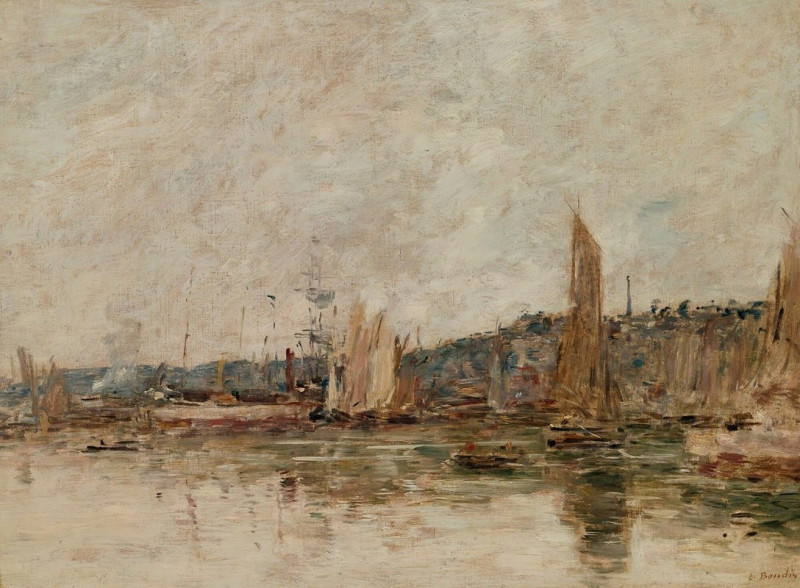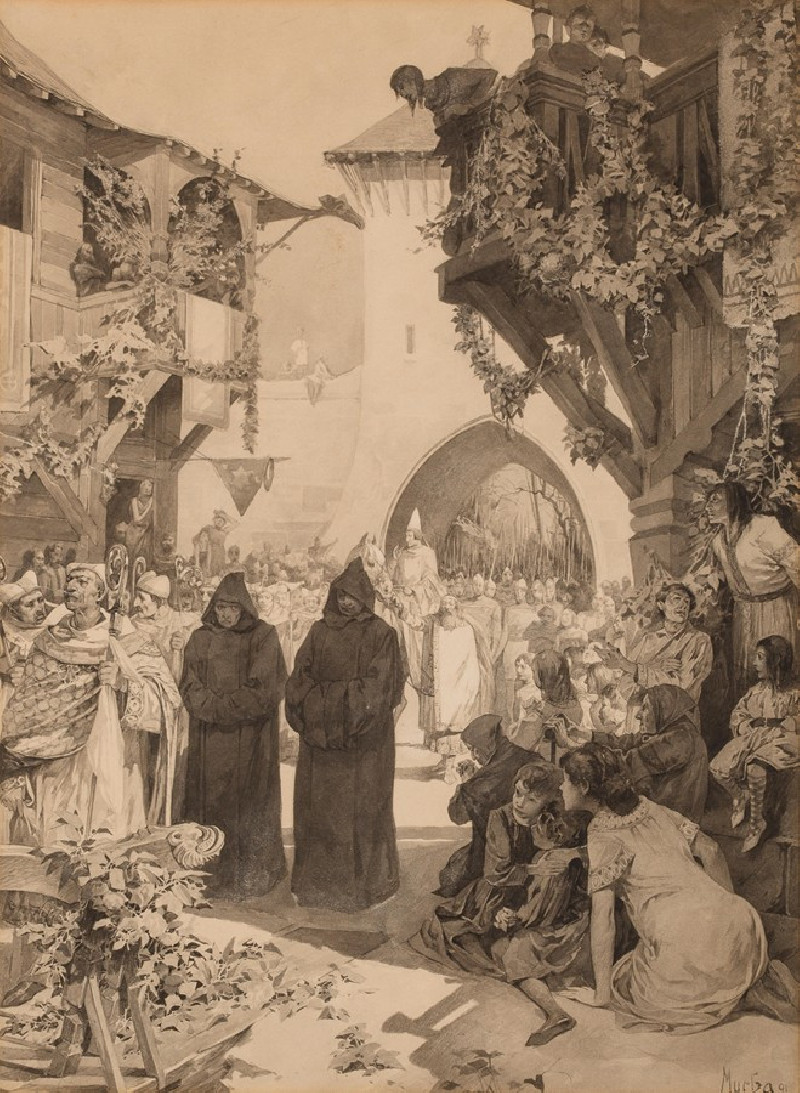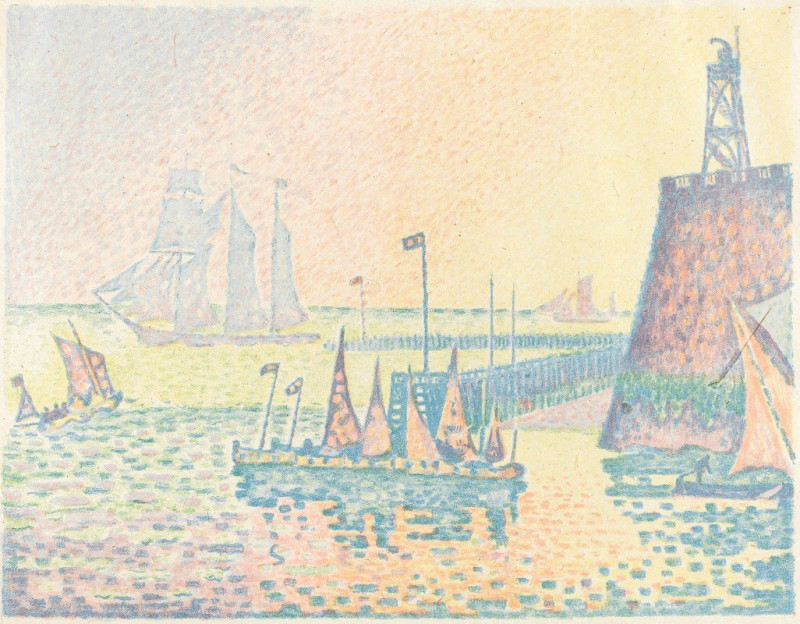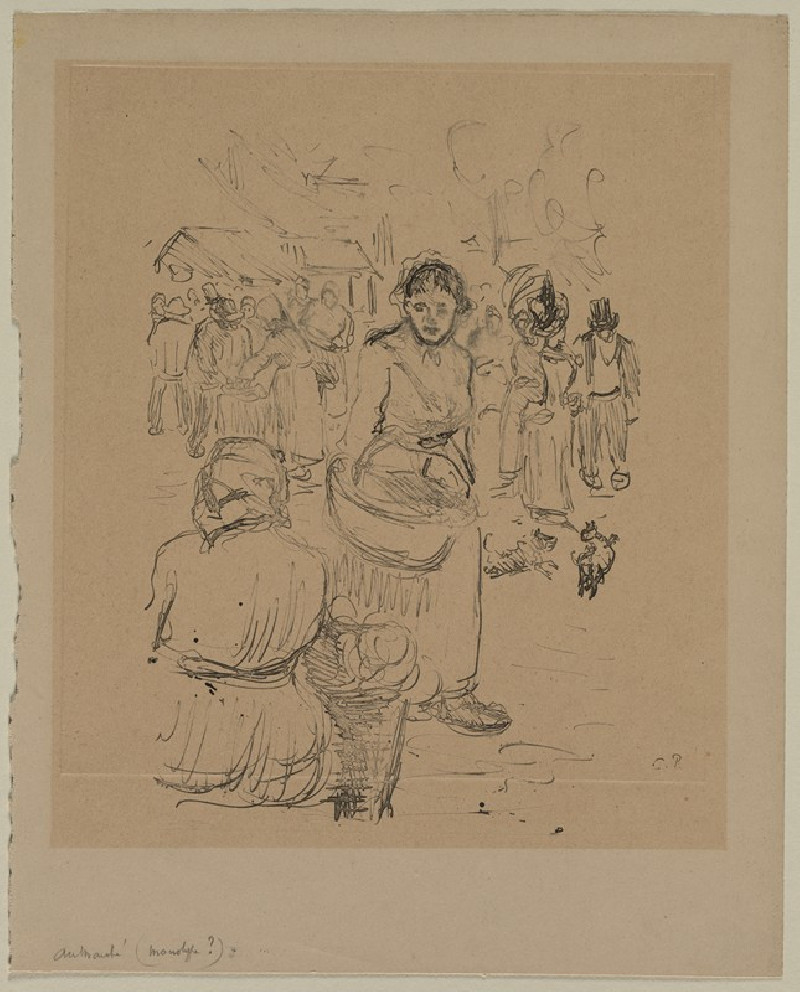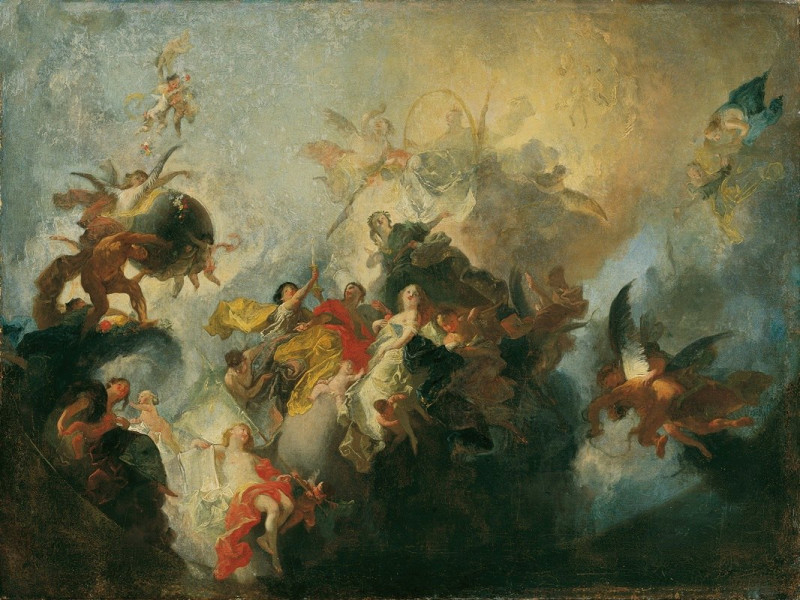Mother About to Wash Her Sleepy Child
Technique: Giclée quality print
Recommended by our customers
More about this artwork
Mary Cassatt, an American painter and printmaker famed for her insightful portrayals of mother and child, created a particularly touching piece titled "Mother About to Wash Her Sleepy Child." This delicate work of art, dating back to 1880, captures a serene moment shared between a mother and her infant.In this painting, the viewer encounters a mother gently holding her drowsy child in a loving embrace, as she prepares for a quiet bedtime routine. The infant, relaxed and content in the mother's arms, appears almost ready to drift into sleep. The scene exudes a soft warmth, emphasized by the gentle, soothing colors and Cassatt's loose, expressive brushwork.The background, with its abstract hints of foliage, perhaps suggests a domestic setting near a garden, enhancing the tranquility of the scene. Cassatt’s treatment of light admirably highlights the tenderness on the mother's face as she looks down at her child. This painting not only showcases Cassatt's skill in rendering human emotion and the intimate bond between mother and child but also highlights her unique ability to capture everyday moments with great depth and sensitivity.This piece is a testament to Cassatt’s commitment to exploring themes of maternal love and the nuanced dynamics within family life, making it a cherished work in the realm of impressionist art.
Delivery
Returns
Mary Stevenson Cassatt was an American painter and printmaker. She was born in Allegheny City, Pennsylvania (now part of Pittsburgh’s North Side), but lived much of her adult life in France where she befriended Edgar Degas and exhibited with the Impressionists. Cassatt often created images of the social and private lives of women, with particular emphasis on the intimate bonds between mothers and children.
She was described by Gustave Geffroy as one of "les trois grandes dames" (the three great ladies) of Impressionism alongside Marie Bracquemond and Berthe Morisot.In 1879, Diego Martelli compared her to Degas, as they both sought to depict movement, light, and design in the most modern sense.


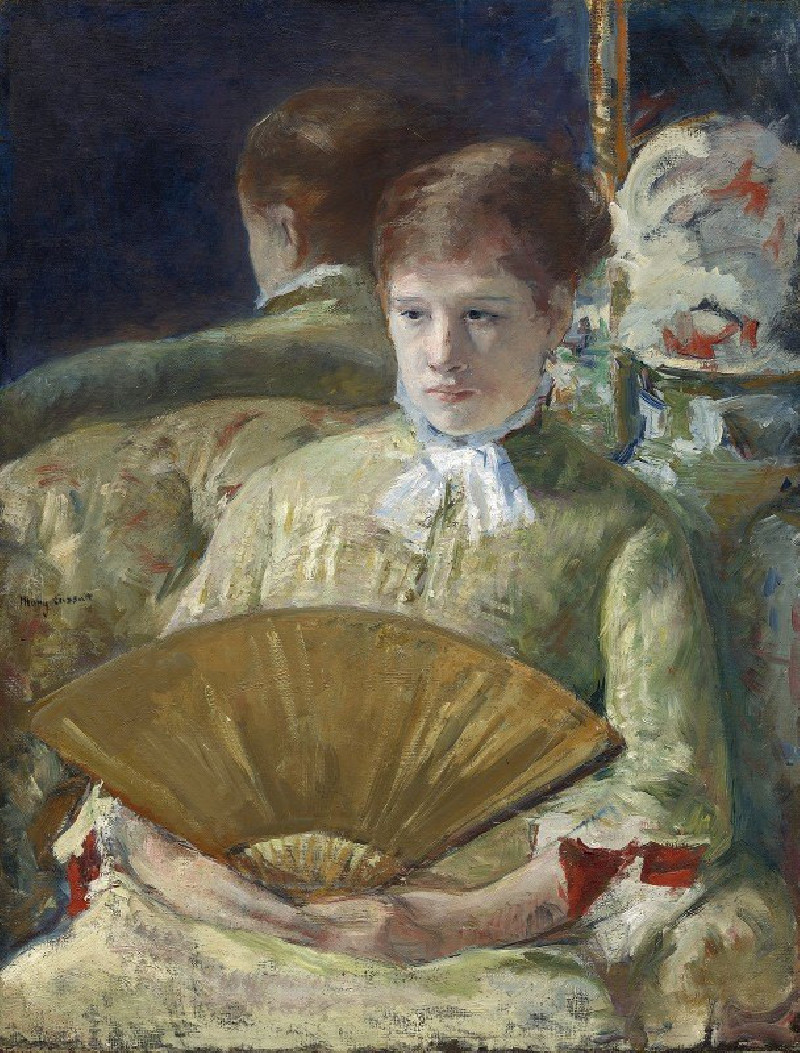
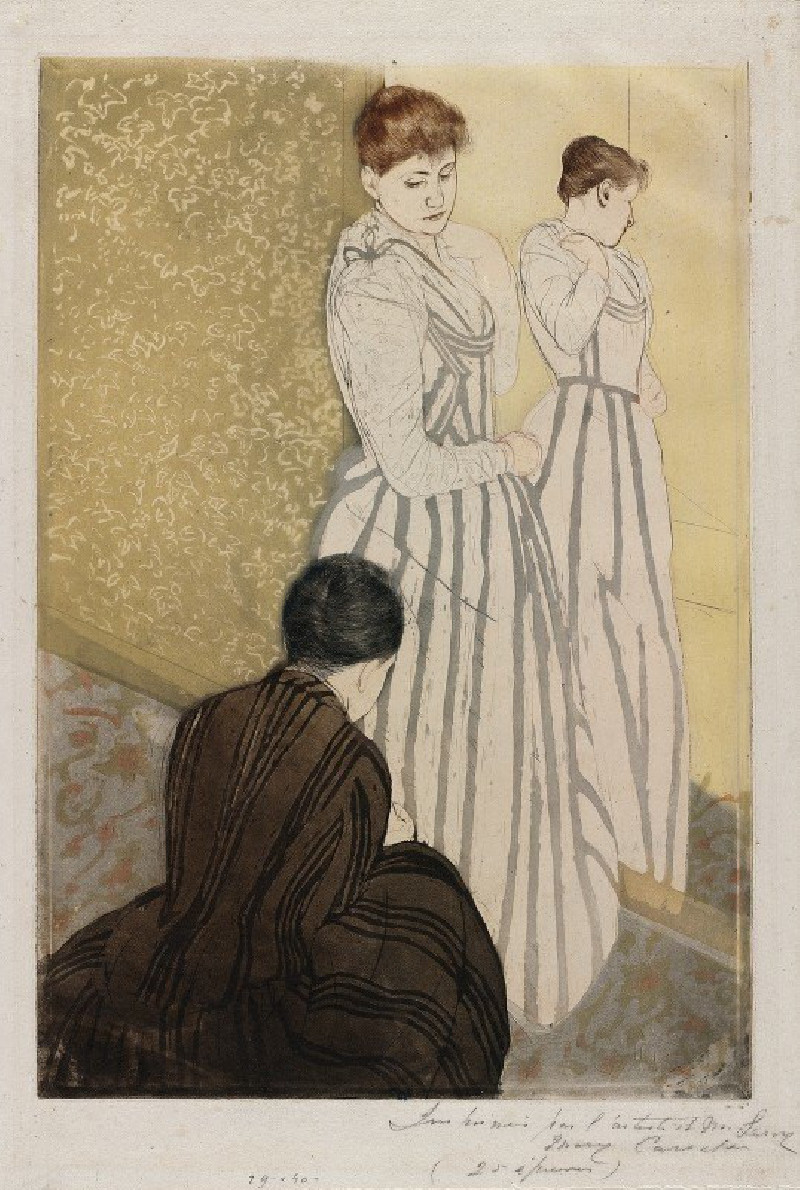
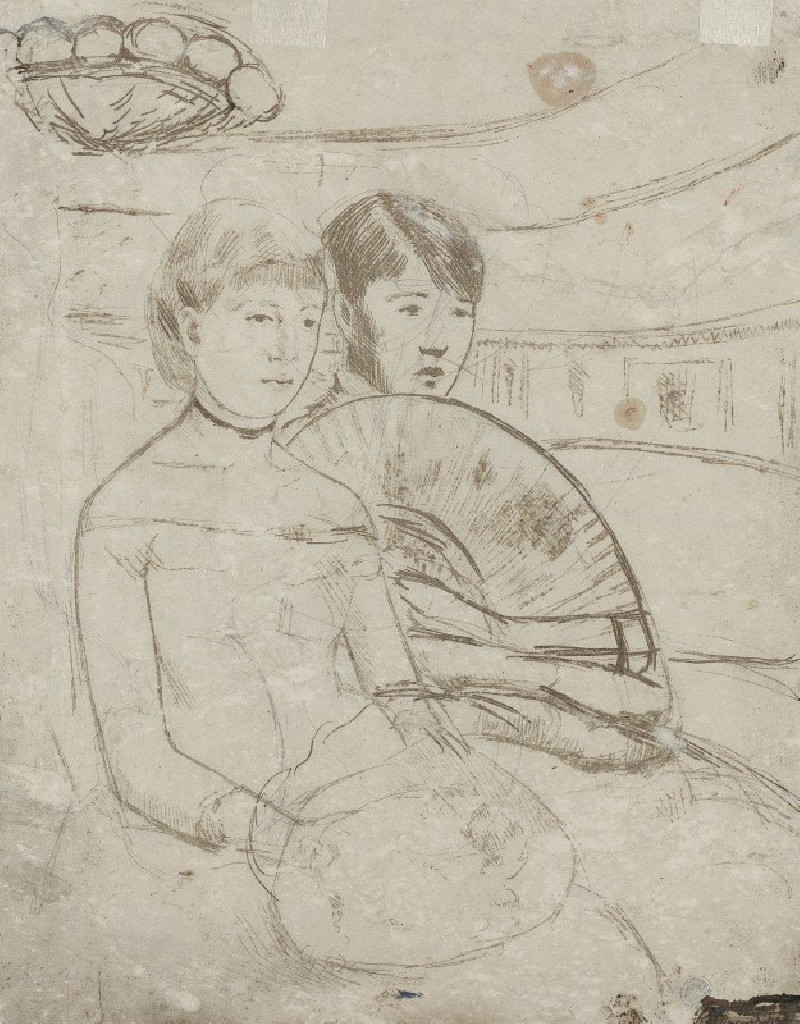
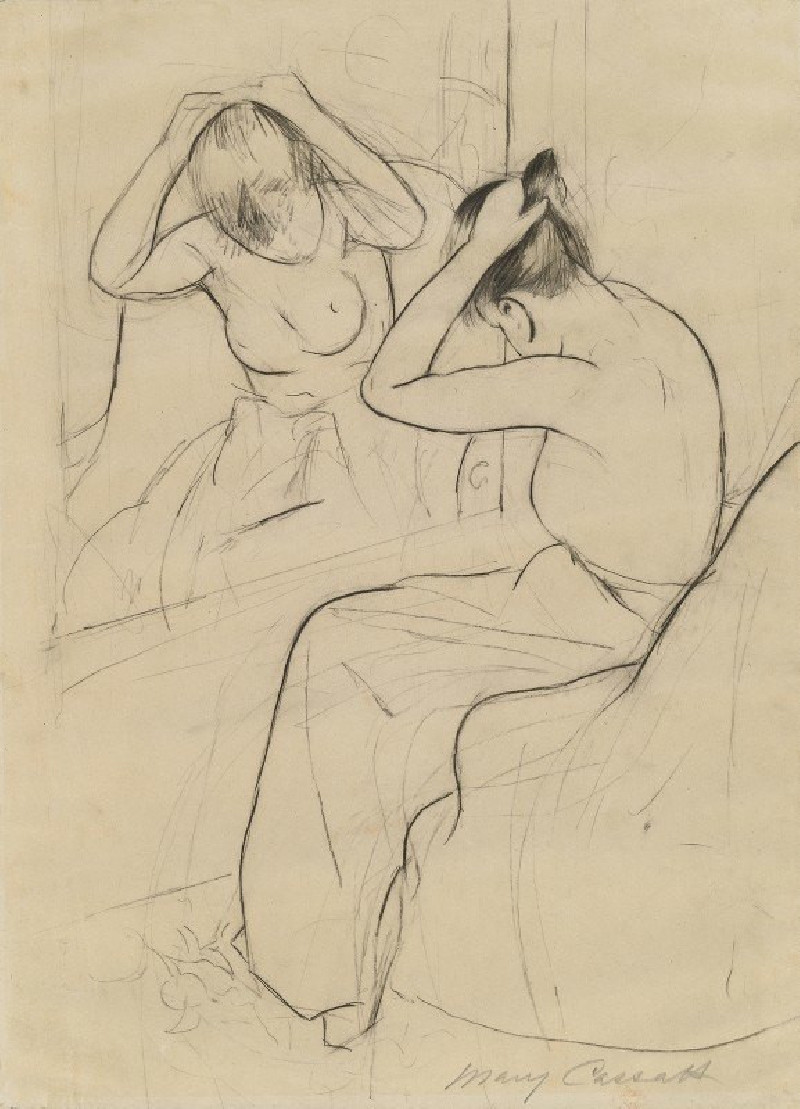



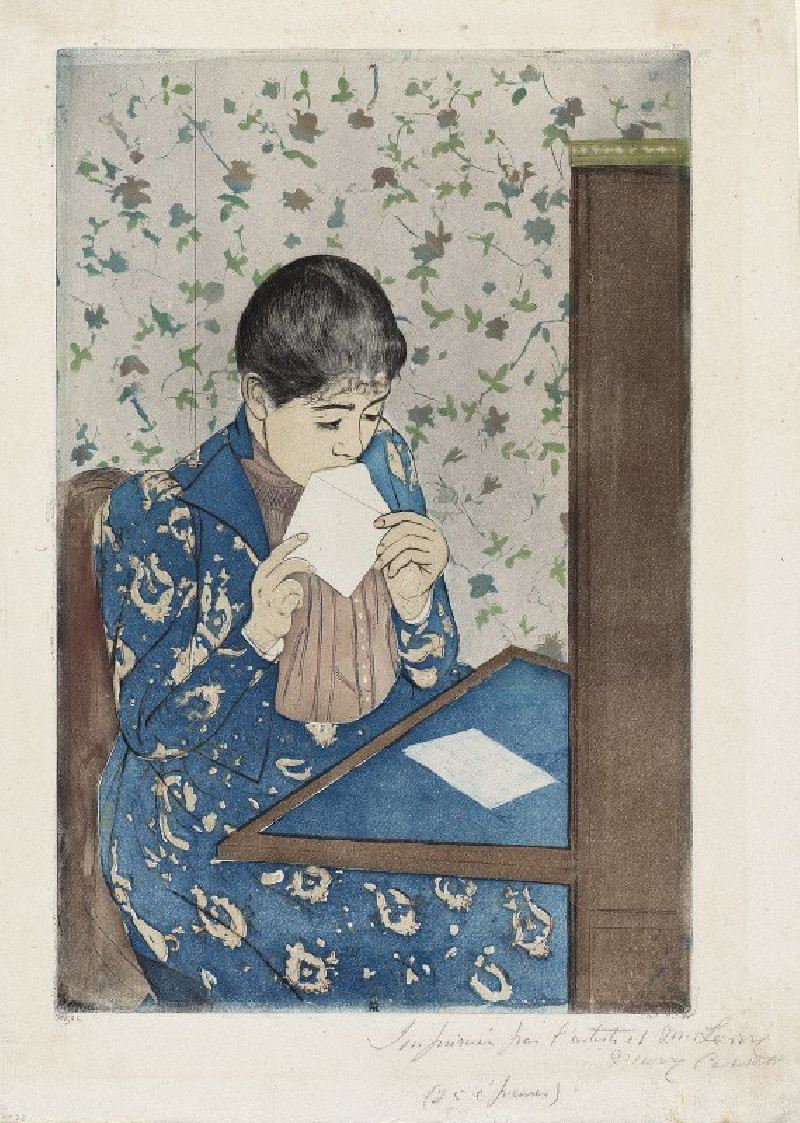
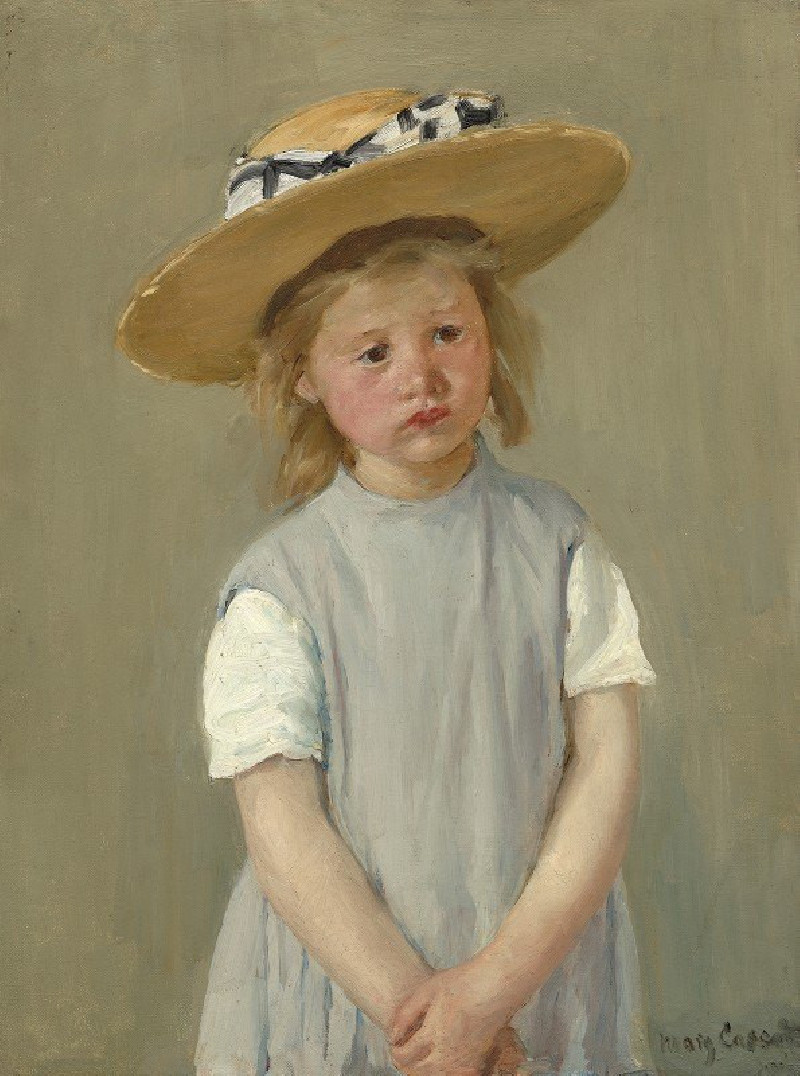
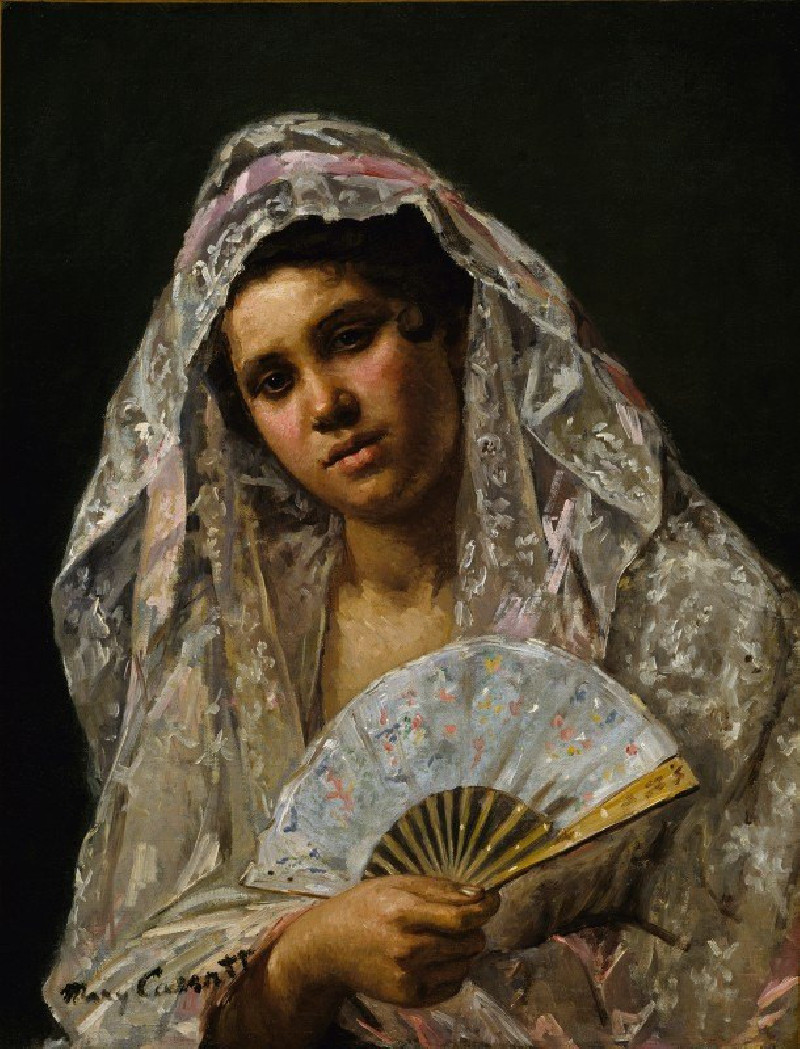
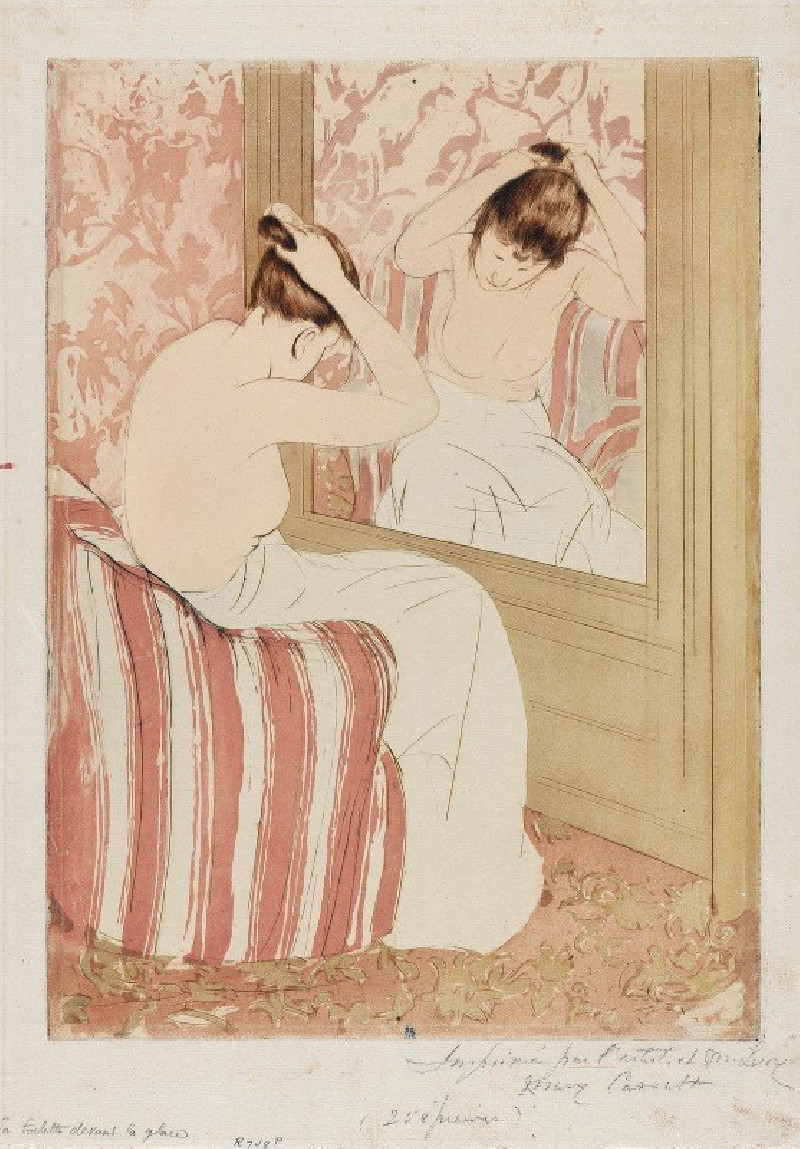
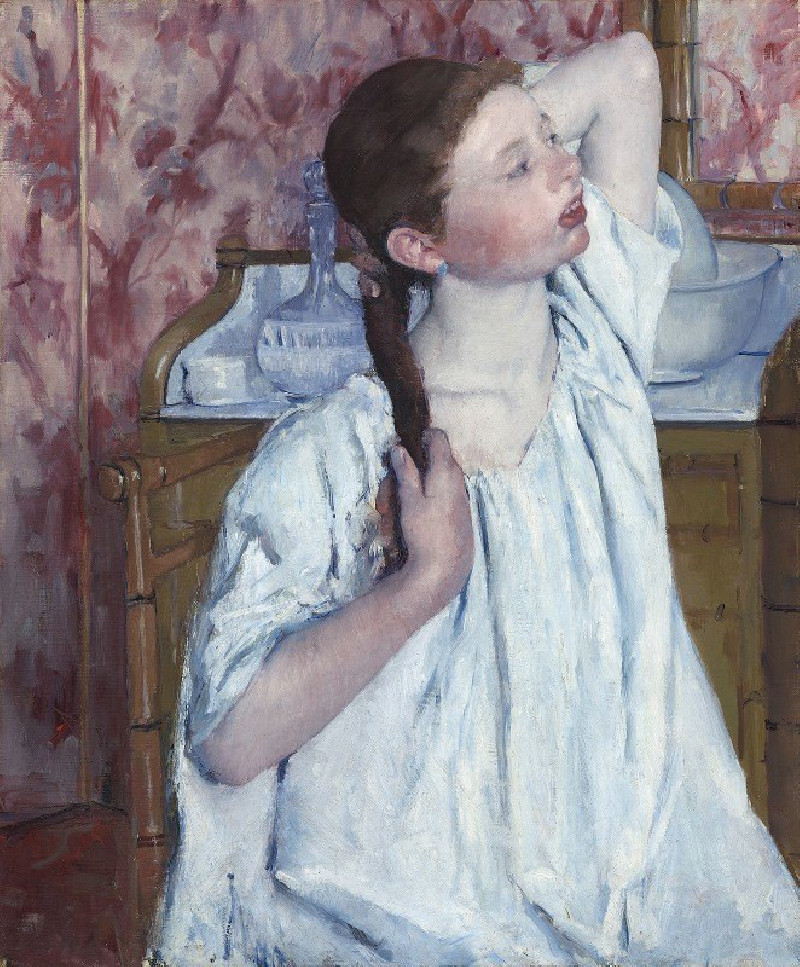
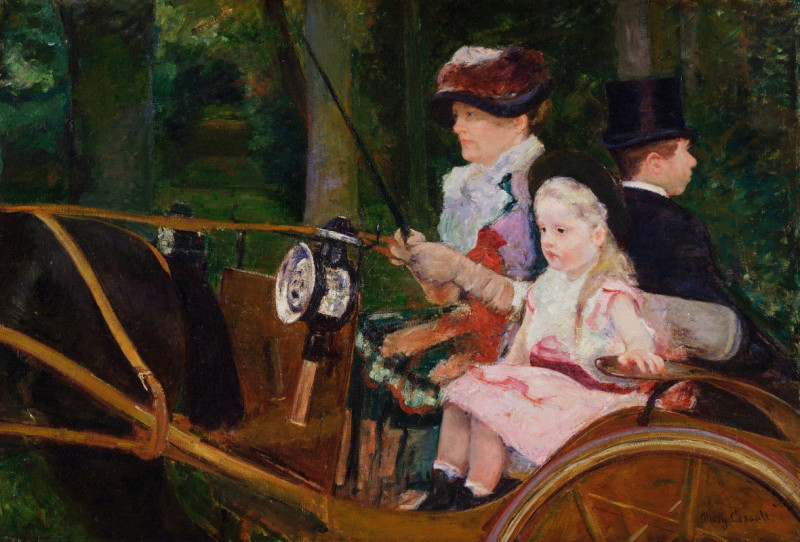

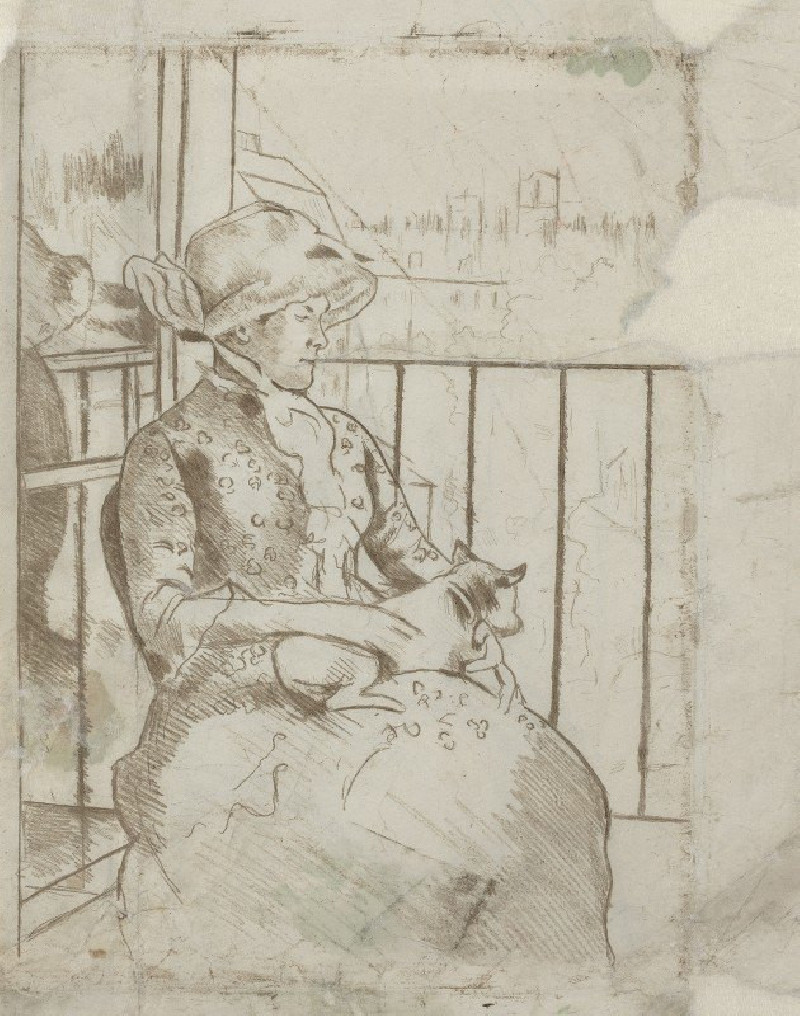


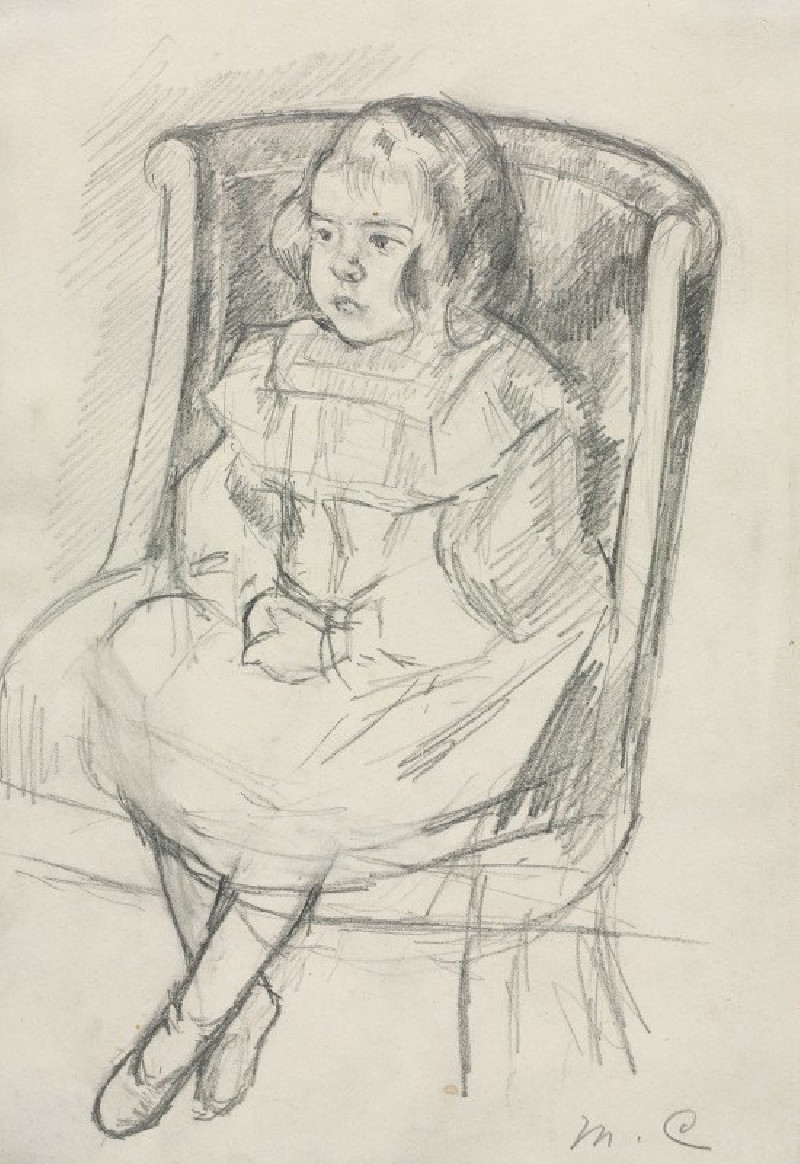

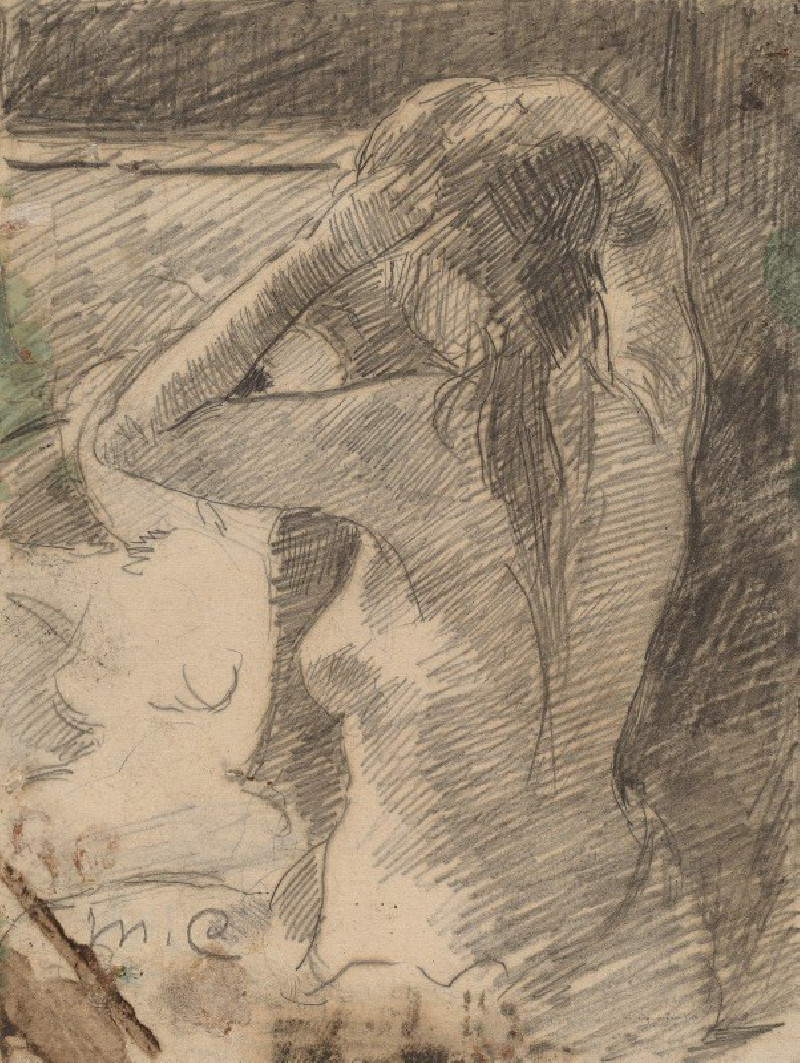
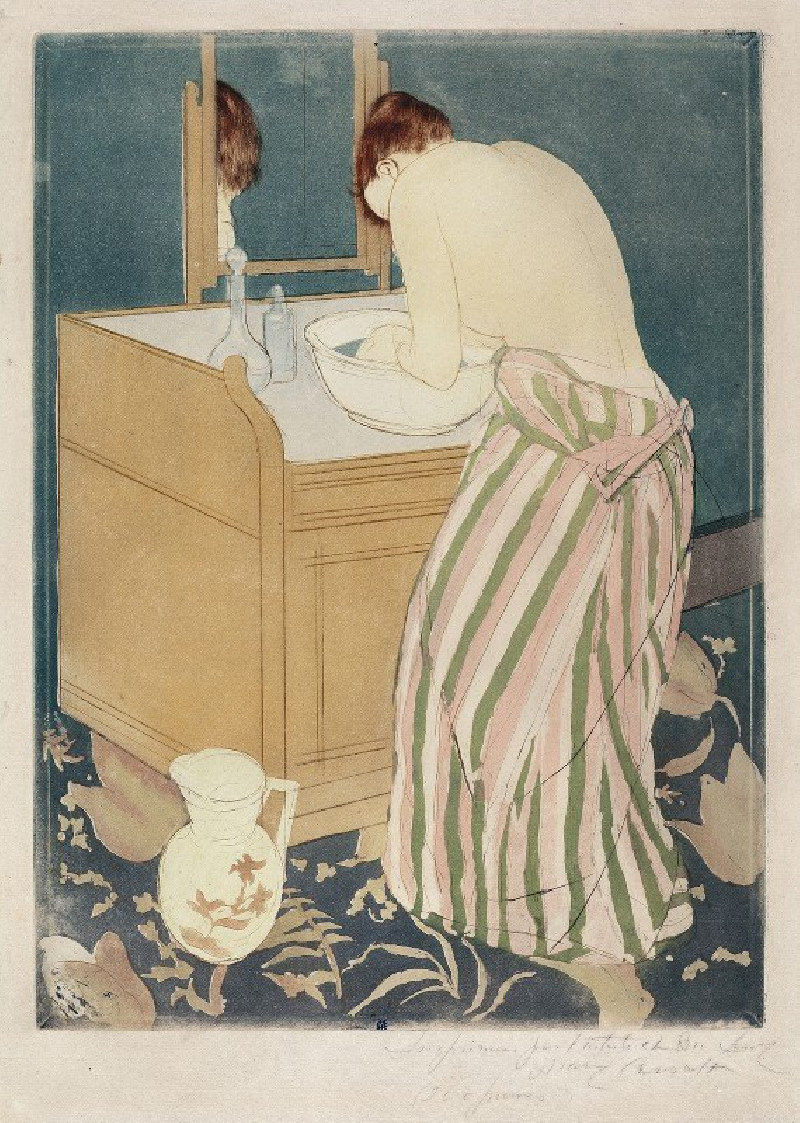

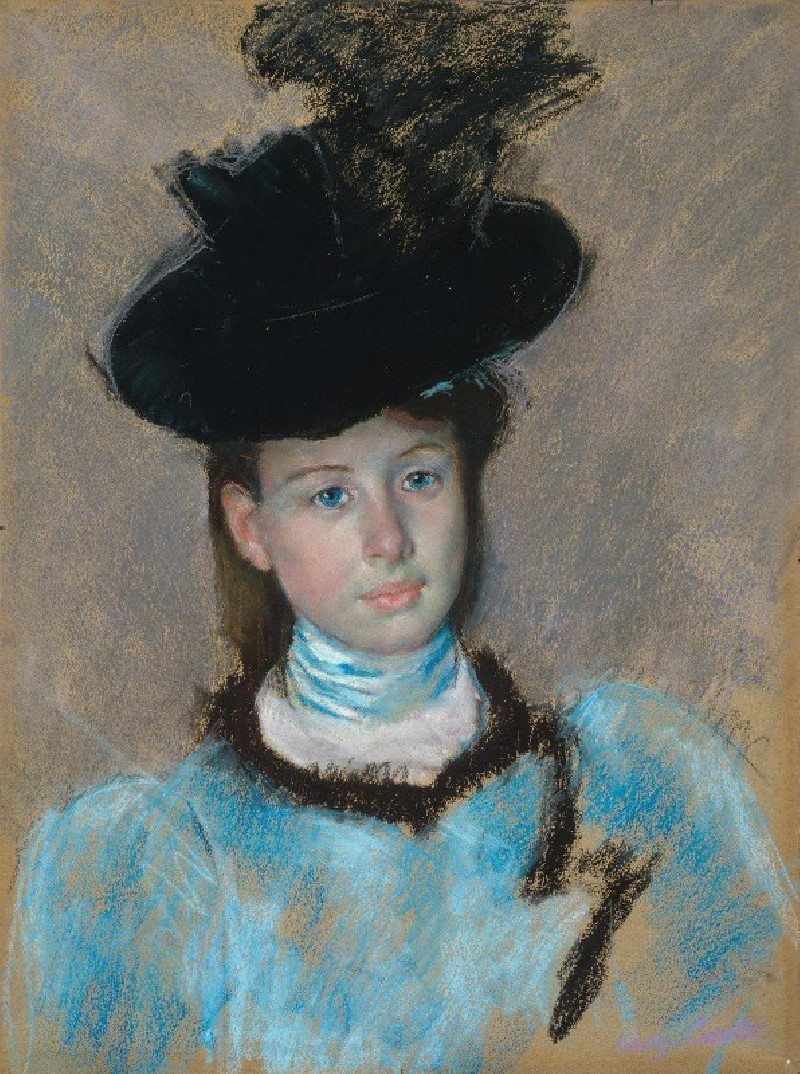
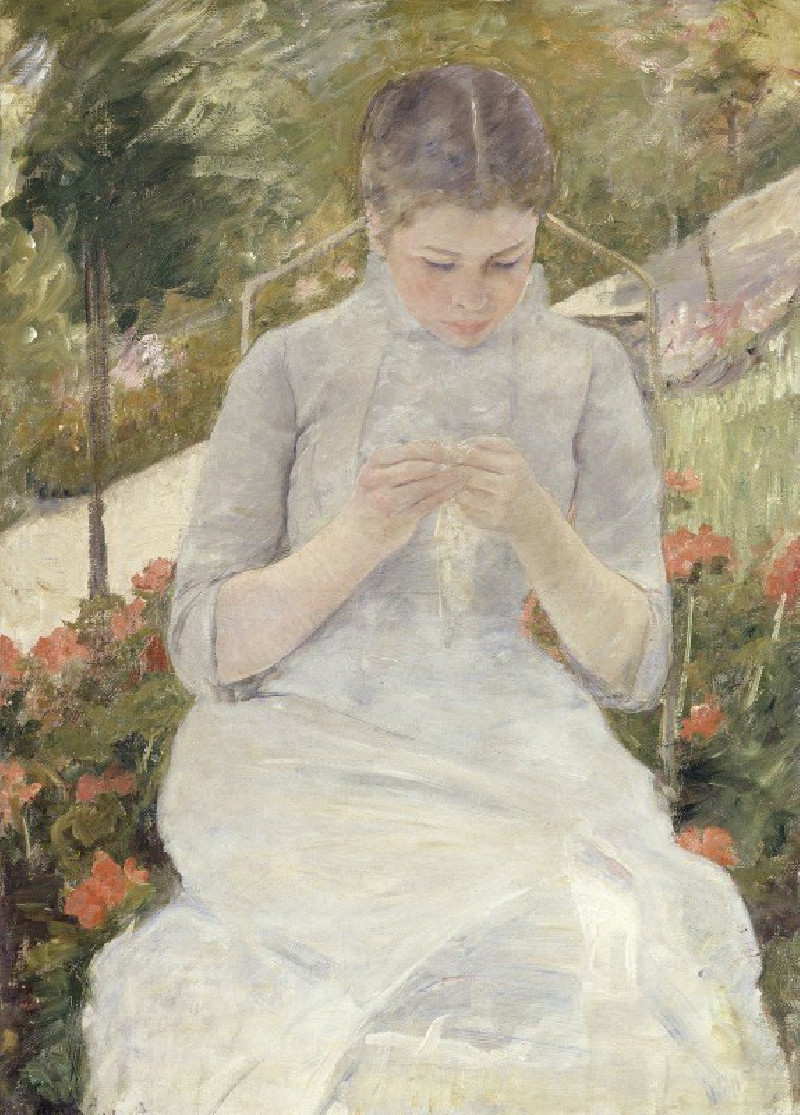
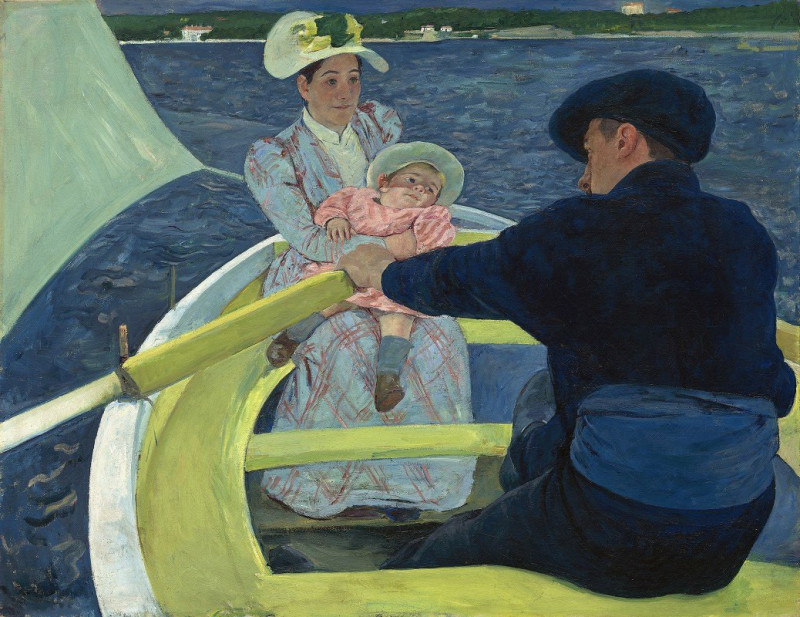


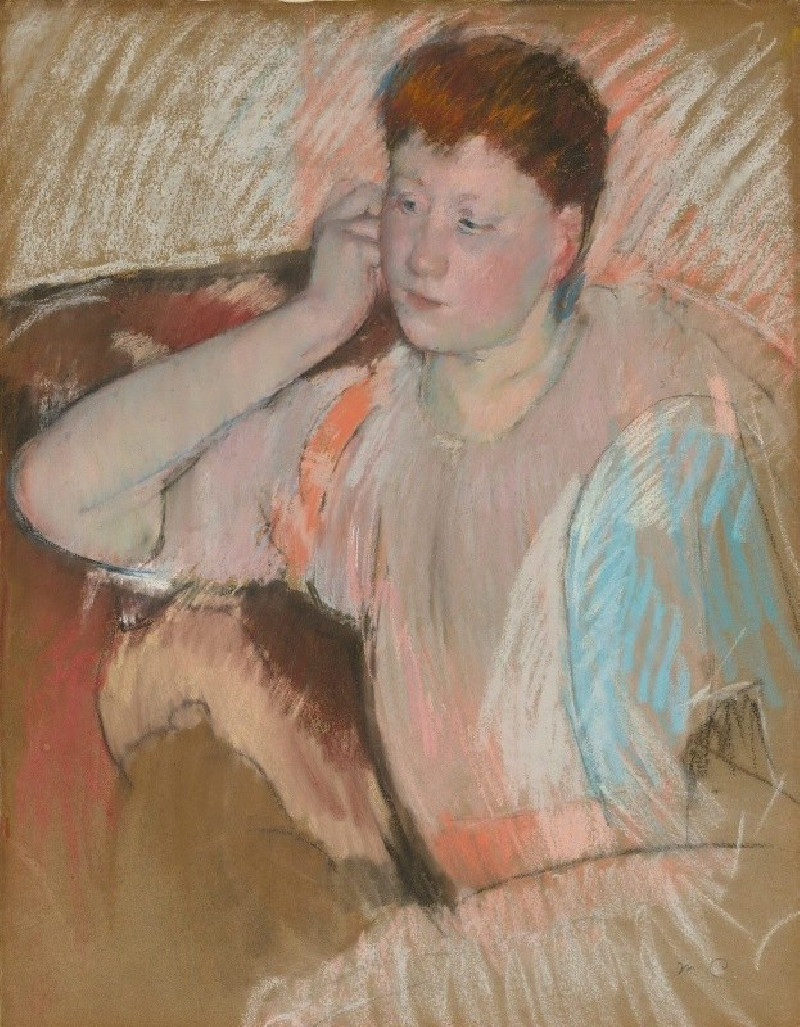
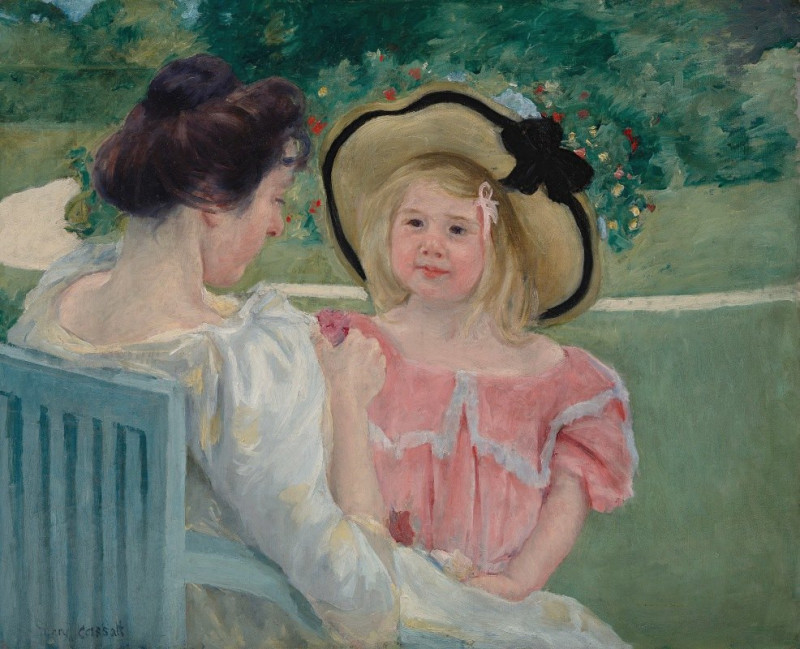
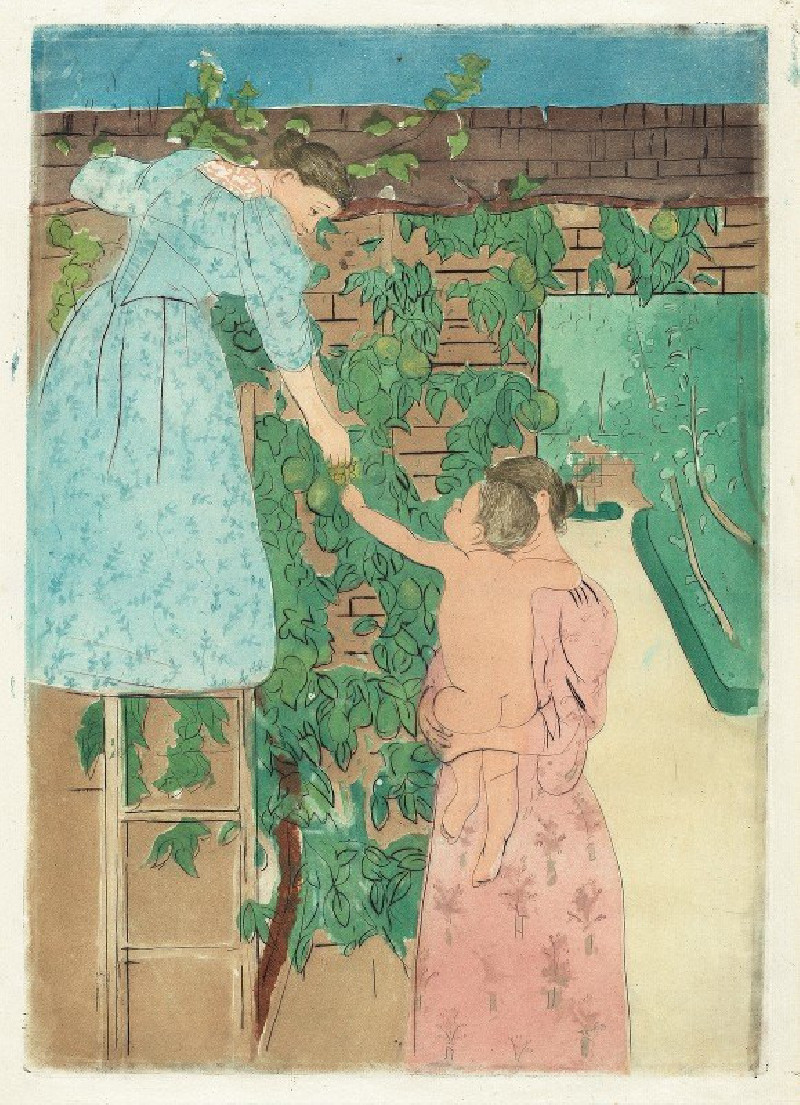


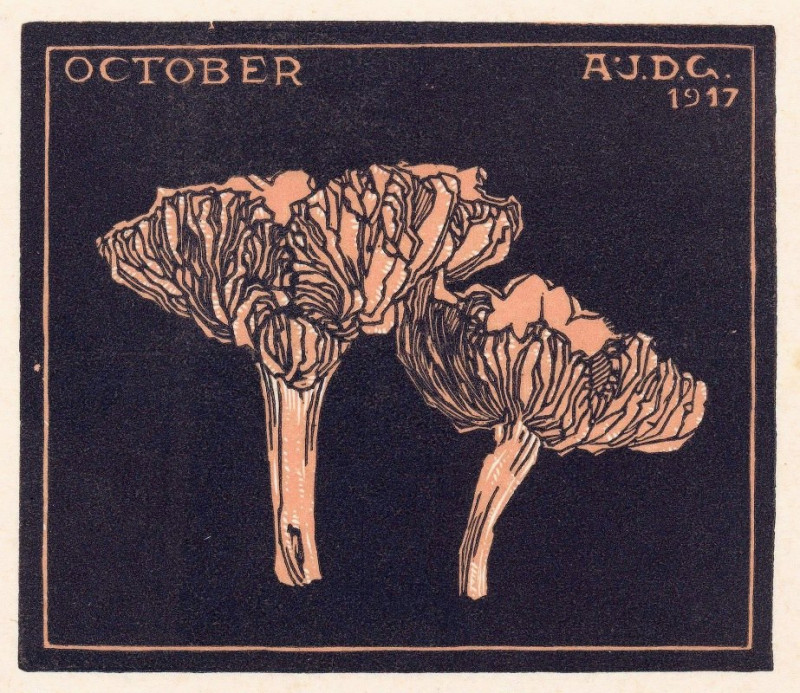
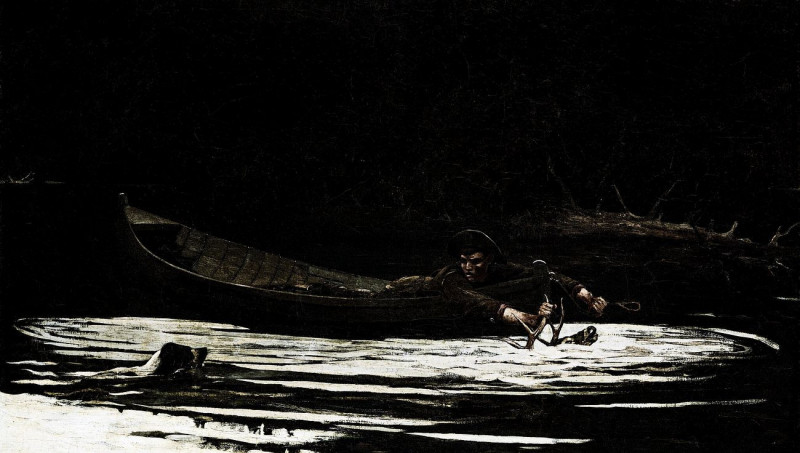
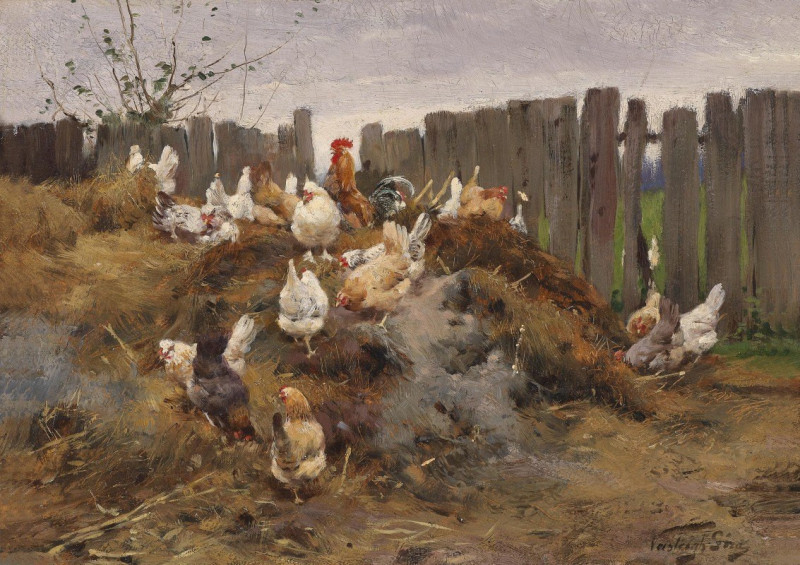
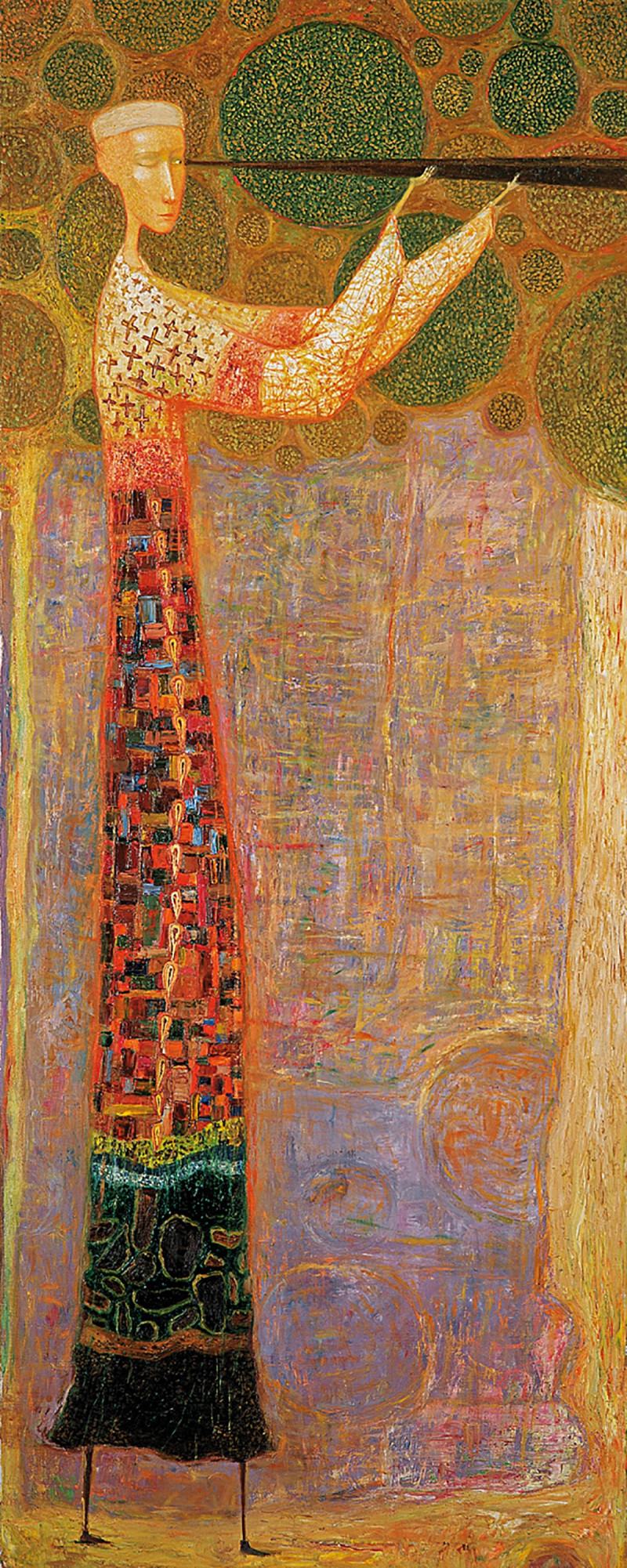
![From Rungpore [Rangpur] (ca. 1783) reproduction of painting by Samuel Davis. ALL GICLEE PRINTS](https://reprodukcijos.lt/44504-large_default/reproduction-of-from-rungpore-rangpur-ca-1783.jpg)

